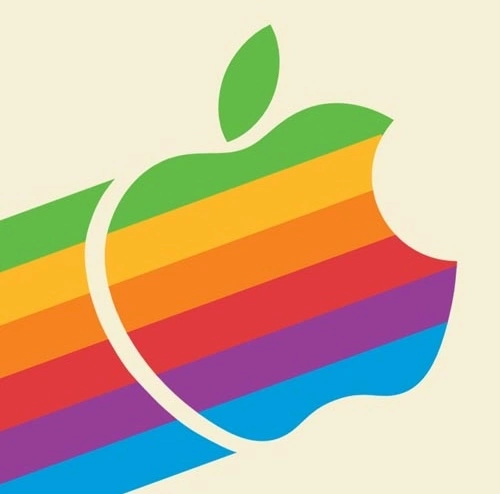

That if you weren’t part of “our” religion (my family’s religion, Catholic), you were basically living your life wrong and were an awful person. When I went to college I met people who believed different things, including in nothing, and I realized they were not, in fact, terrible, almost subhuman, people. I quickly changed for the better and that’s one of the best things to ever happen to me. It’s amazing how accepting you can be when you just accept people for who they are












Sure, but I think the point is that raising minimum wage didn’t cause that. Inflation (read: corporate greed) really harmed grocery, food, etc. prices, especially during the pandemic. It truly became a game of how much can we raise these prices until people consider not paying for it